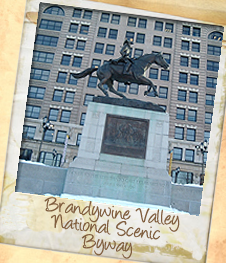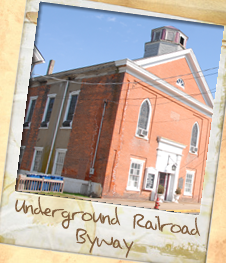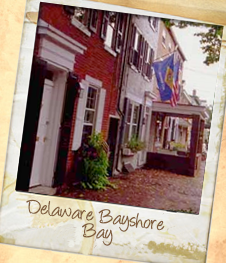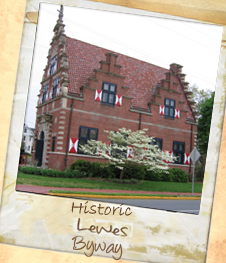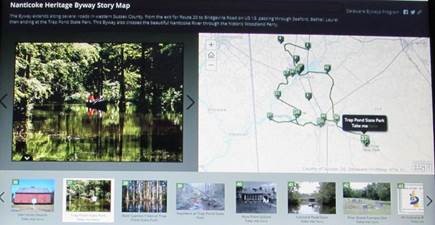Nanticoke Heritage Byway

Location
The Byway extends along several roads in western Sussex County, from the exit for Route 20 to Bridgeville Road on US 13, passing through Seaford, Bethel, Laurel then ending at the Trap Pond State Park. This Byway also crosses the beautiful Nanticoke River through the historic Woodland Ferry.
Length
About 35 miles
Drive Time
About 45 minutes
Full Enjoyment Time
2-3 days
Byway Contact
Corridor Management Plan
For a complete listing of this final report including all appendices, maps and directions are included.
This Byway moves through an area that is rich in the history of transportation and economic interests of the region. Although the western Sussex County landscape may at
first seem to be a quiet and subdued rural area with small towns, it encompasses many of Delaware's historic treasures and important natural features. Visually, the route
alternates between farmlands,
wooded areas, and small towns, providing a variety of views and different types of landscapes. There are many recreational opportunities for hiking, bicycling, boating, and
other activities.
between farmlands,
wooded areas, and small towns, providing a variety of views and different types of landscapes. There are many recreational opportunities for hiking, bicycling, boating, and
other activities.
The three towns and other sites along the route also relate to many historic themes in the area. Seaford, Bethel, and Laurel, are all located along major water routes that made them important centers for trade and shipbuilding from the Colonial period through the nineteenth century. Bethel and Seaford, especially, were known for their shipbuilding trade. After the introduction of the railroad in 1856, Seaford and Laurel, both of which had stops along the line, gained access to large northern markets for their agricultural and maritime products, such as oysters, fruit, and baskets. Because of the prosperity generated by the various industries, these three towns provide many examples of vernacular architecture in the homes built by wealthy residents, and are perfect examples of the evolution of industry and culture in rural Delaware.
Points of Interest
- Hearns & Rawlins Mill
- Cannon-Maston House
- Ross Mansion and Plantation
- Downtown Seaford
- Seaford Museum
- Seaford Historic Rail Station
- Invista (fr. DuPont Nylon Plant)
- Nanticoke River
- Chapel Branch Nature Trail
- Woodland Ferry
- Cannon Hall
- Town of Bethel
- Broad Creek
- Town of Laurel
- Cook House
- Old Christ Church
 Architectural Guide
Architectural Guide





